
Why did the Hakka ancestors come from Jiangxi?
Who are Hakka people?
Why did the Hakka ancestors come from Jiangxi?
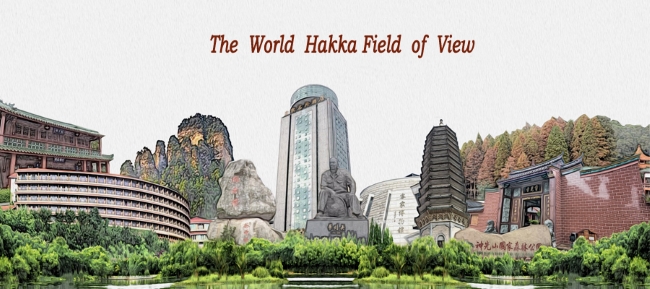
In southern China, there are a lot of Hakka people. Among them, Guangdong, Guangxi, Fujian and Jiangxi have the most. Hakka is a name, many people know the Hakka, but they do not know how Hakka people came to be. Are the Hakka people just a minority ? Strangely, most Hakka genealogies recorded their ancestors coming from Jiangxi. What is the reason? To understand this, let us trace back to the beginning.

The yellow emperor
The first thing to be clear about is that the Hakka are not a minority group , they are a branch of the Han. Strictly speaking, Hakka people are authentic Han people. That is why Hakka people called themselves "Old Han people". The earliest origin of the Han nationality was in the Weihe Plain of the Yellow River Valley, and it belonged to the descendants of the Yan and Huang dynasties. After the Yellow Emperor Dayu, the son of Dayu founded the Xia Dynasty. The Xia and Shang generations called themselves "You Xia" and "Huaxia", and Huaxia was the earliest main body of the Han nationality. After more than a thousand years, the king of Qin Shihuang unified the whole world and died in the second Qin Dynasty. After the establishment of the Han Dynasty, the title of Huaxia was replaced by the Han nationality, and the title of Han nationality spread all over the world from then on. With the change of the natural environment of the Yellow River Valley and the influence of the western Jin Dynasty "Eight Kings rebellion", "Five Hu Chaos Chinese" ( Xiaognu,Xianbei, Jie, Qiang, Di , five nomadic tribes alliance caused the chaos in China) and other wars, the Han people living in the Yellow River valley began to move to the south. The original Han people moved to the south from Shanxi and Shaanxi, passed through Nanyang in Henan province, entered Xiangyang in Hubei province, and along the Han River entered today's Anhui and Jiangsu provinces. A small number also migrated to Jiangxi and Hunan. After the Rebellion of An-Shi, the Tang dynasty went from prosperity to poverty. After years of war, the population began to move to the south.
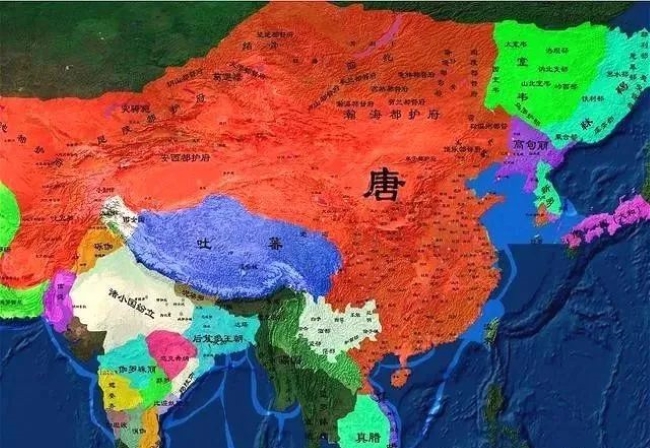
In the sixth year of emperor Tang Xizong ( Ganfu 879 ), Huang Chao revolted in The South of the Yangtze River, and his more than 200,000 troops headed straight at Chang 'an. At that time, the last elite force of the Tang Dynasty was in the hands of Gao Pian, the prefectural governor of Runzhou and Prefecture Zhenhai state, and the emperor Tang Xizong ordered Gao Pian to lead 70,000 elite loyal soldiers to block Huang Chao, but instead of obeying the imperial edict, Gao Pian rebelled and divided the Jianghuai. After the Huang Chao uprising failed,the emperor Tang Xizong sent General Qin Yan to surrender Gao Pian. Although Gao Pian was destroyed, warlords around the Jianghuai region took the opportunity to rebel. Yang Xingmi, Zhu Wen, Sun Ru and others fought for a long time in the Jianghuai region and trampled each other . Finally, Zhu Wen defeated the other forces and ended the reign of the Tang Dynasty. This great melee is called "Jianghuai Great Melee at the end of Tang Dynasty" in historical books. The most direct consequence of Jianghuai melee in the late Tang Dynasty was that the Han people who had moved to Jianghuai since the Qin and Han dynasties were forced to move southward. The Han people who moved from the Weihe plain lived and multiplied in the Jianghuai region for hundreds of years, with a thriving population. During the An-shi Rebellion, a large number of people moved south, mainly to Henan and Jianghuai. After the Rebellion of An-Shi, especially after the melee in Jianghuai at the end of Tang Dynasty, a large number of Han people who moved to Jianghuai continued to move south and took refuge in Jiangxi.
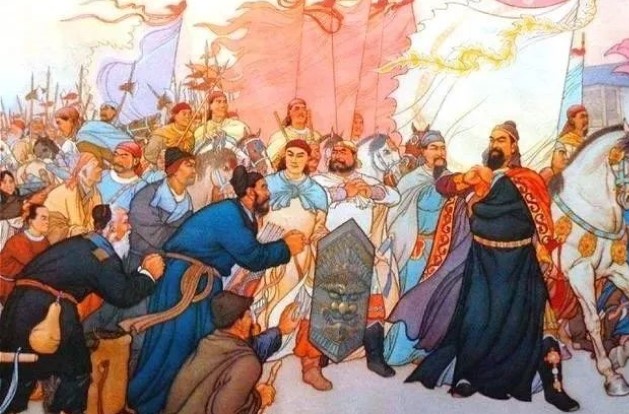
Huang Chao uprising
As a result, Jiangxi Province, which is nearest to the Jianghuai region, has become an area receiving a large number of people. At that time, Jiangxi provincial governor Wei Quan-feng was in charge of Jiangxi province. Due to the tight defense, wars rarely spread to Jiangxi. An ancient book, The Biography of Tan Quanbo, records that "Wei was the governor for seven years, and everything was prosperous." At the end of the Tang Dynasty, the population of Yuanzhou and Tingzhou in Jiangxi suddenly exploded. The scholar Sima Guang recorded in The History of “Zi Zhi Tong Jian” that Chen Ben, a native of Tingzhou, rebelled. Most of Chen Ben's soldiers were natives of Jiangxi province. However, in the third year of the war, Chen Ben's solider increased more and more, and all of them were Han people from the two Huai Regions. There are many records that "Huai Han Entering Ting" and "captured Huai Han as the precursor" in "Zi zhi Tong Jian" . It can be seen that the influx of a large number of Han Chinese was objective. According to the number of population recorded in “Yuanfeng Nine Region Annals” and “Song History·Geography Annals” of the Northern Song Dynasty, at the end of the Tang Dynasty, the population of Southern Jiangxi more than doubled. Ganzhou In the “Ganzhou Prefecture Annals” of Jiajing reign of Ming Dynasty it showed that the number of Ganzhou households was 120,985 during Shaoxing reign of Southern Song Dynasty (1131 -- 1162). It increased to 193,339 during Chunxi reign (1174--1189). In Tingzhou, during the reign of Chongning (1102), the number of immigrant families in Tingzhou reached to172,432, and during the reign of Qingyuan it was 218,570. In Qianzhou, the population of Chongning increased rapidly from 172,432 to 272,400, an increase of 100,000 in just one year.

Hakka migration roadmap
After the middle of the Northern Song Dynasty, the population of south of Jiangxi reached more than 1 million, forming an independent cultural area. As there was no salt in southern Jiangxi, millions of people gradually moved south to Guangdong, Guangxi and Fujian, which were wasteland at that time , and gradually Han people moved in. In The Seventh Year of Jiatu (1062), Xinsi in February said, " Qianzhou in Jiangxi, which is connected with Guangnan, and Tingzhou in Fujian is also connected with Qianzhou. Salt was precious at that time, Ting did not produce salt, more than two states illegal trafficking salt from Guangnan to gain the profit . Every year, in autumn and winter, when the harvest in the field is finished, dozens of hundred of robbers formed into a group , holding the flag and drum, going back and forth in the area of Ting, Zhang, Hu, Xun, Hai, Hui, Guang eight states. They robbed people and women, fought with the local officials and even killed them. They were robbers. This passage in "The Zi Zhi Tong Jian" proves the fact that a large number of Han people moved from southern Jiangxi to Guangxi, they plundered money and salt, and even formed a group to fight against the government. After the Southern Song Dynasty, because of the spread of war, Han people continued to move out of southern Jiangxi. "Meizhou Picture and Map Geography " records : “after a period of wars, the lands were barren, few local people did the farming. As the result, a lot of immigrants from Dingzhou of Fujian and Ganzhou of Jiangxi came to do farming.” Who are the immigrants in Jiangxi? Of course, they were the Han people who moved to Jiangxi in the late Tang Dynasty. Since they were called "Qiao Yu (immigrants) " from the Southern Song Dynasty, they were popularly called "Hakka".
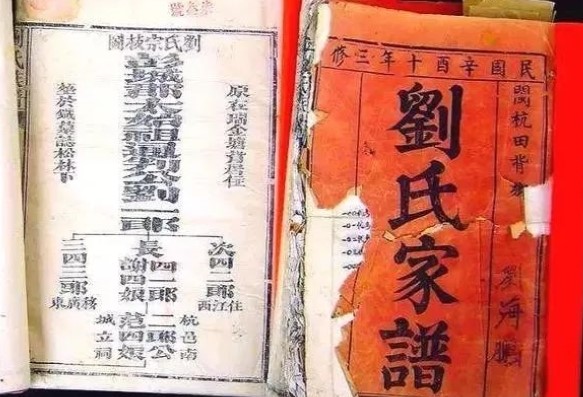
The Hakka family tree
This is why the Hakka ancestors mostly from Jiangxi's sake, tracing the Hakka family tree back to the end of the Tang Dynasty, most of the ancestors of the Hakka are from Tingzhou, Ganzhou and other places, and even before that they are from the land of the Jianghuai and Henan, which is in line with the Hakka migration route, but also in line with historical facts. Through the study of the Hakka family name and family tree in the south, it is found that the family tree of Jie, Zeng, Lai, Liao, Liu, Cai, Zhong, Lian, Lu, Tan, Li and Luo in the south can be traced back to the Tang Dynasty, even as far as the Six Dynasties. According to the genealogy of the Hakka Surnames in the South”, the migration route and ancestral origin of the Hakka family are consistent with the migration roadmap of the Hakka family, and the law of the population moving south after the Jianghuai Melee War and the An-Shi Rebellion at the end of the Tang Dynasty.
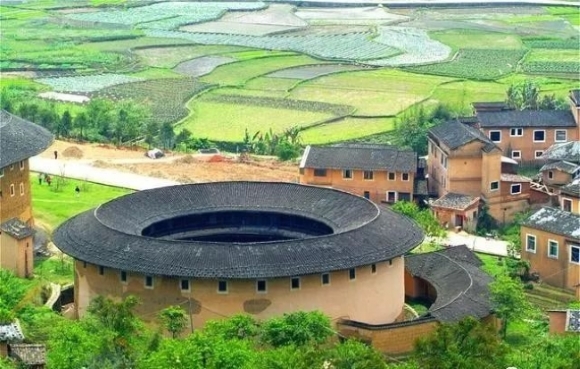
Hakka Tulou in Fujian
It can be seen that after the War in Jianghuai at the end of Tang Dynasty, the Hakka people who moved to Jianghuai and Henan entered Jiangxi one after another, and the population of Jiangxi increased to one million in a short period of time. From the end of Tang Dynasty to the end of Song Dynasty, the Hakka people lived and multiplied in Jiangxi, and some migrated to Guangdong, Guangxi and Fujian due to the shortage of salt and land. After the end of the Southern Song Dynasty, a large number of Hakka people continued to migrate south, entering Guangdong, Guangxi and Fujian provinces, which were still barren at that time. As the Hakkas are immigrants, they are called "Qiao Yu" by people in Guangdong, Guangxi and Fujian, which is later commonly known as the Hakka. Of course, the migration of The Hakka from the Southern Song dynasty to Guangdong, Guangxi and Fujian was not completed at one time, but went through a history of nearly a thousand years. After the middle period of emperor Qianlong, a large number of Hakka people entered Guangdong and Guangxi. At the end of the Qing Dynasty, conflicts between the first inhabitants and second inhabitants intensified, and large-scale conflicts broke out over land, water and marriage, which eventually led to the Taiping Heavenly Kingdom Movement.
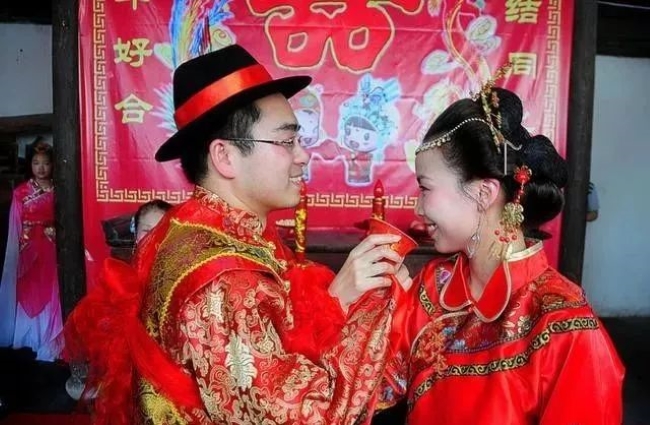
Hakka wedding
Generally speaking, the migration history of Hakka people has gone through five great migrations: Western Jin Dynasty, late Tang Dynasty, Southern Song Dynasty, early Qing Dynasty and late Qing Dynasty. Five great migrations, Hakka people moved to the south all the way , and after nearly a thousand years of reproduction, which formed today's Hakka distribution pattern. So far, there are about 80 million Hakka people in total, with about 15 million living overseas, mainly distributed in Guangdong, Jiangxi, Fujian, Hong Kong, Macao and other places, overseas Hakka in Vietnam, Singapore, the United States and other places. In history, the Hakka people produced many heroes and talents who made great contributions to China's development.

A Hakka Settlement
In summary, this is the origin of the Hakka people, and this is why the Hakka genealogy records that their ancestors came from Jiangxi
--END--

All rights reserved: The World Hakka Business Association: Room 3518 & 3519, 35/F, Wu Chung House, 213 Queen's Road East, Wan Chai, Hong Kong Tel: (852) 2895 3639 E-mail: whk@whkba.org Facebook: www.facebook.com/whkba


